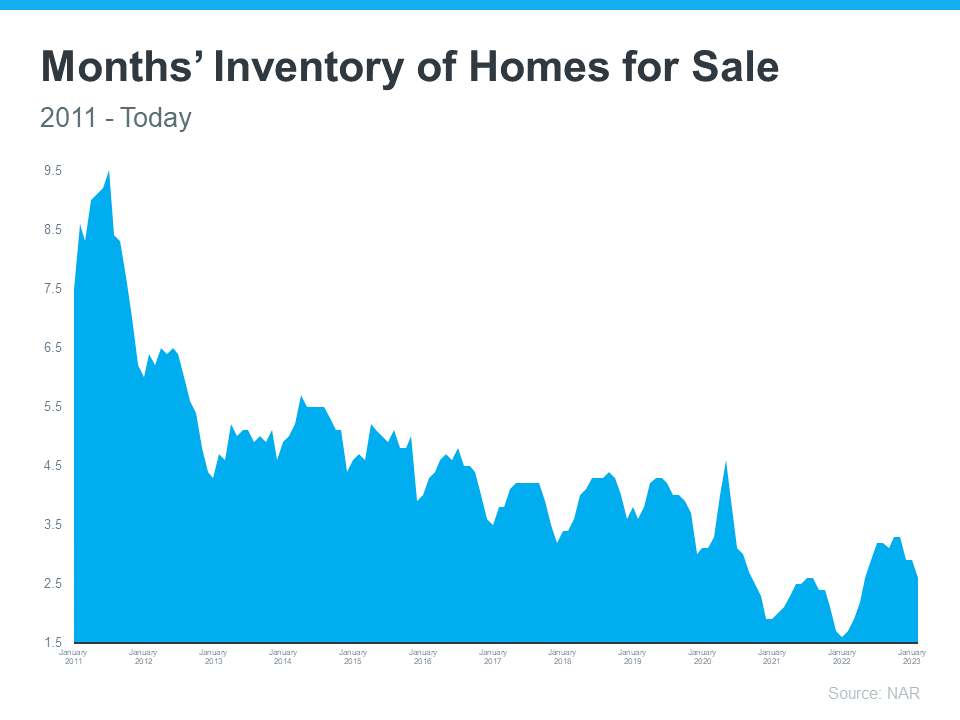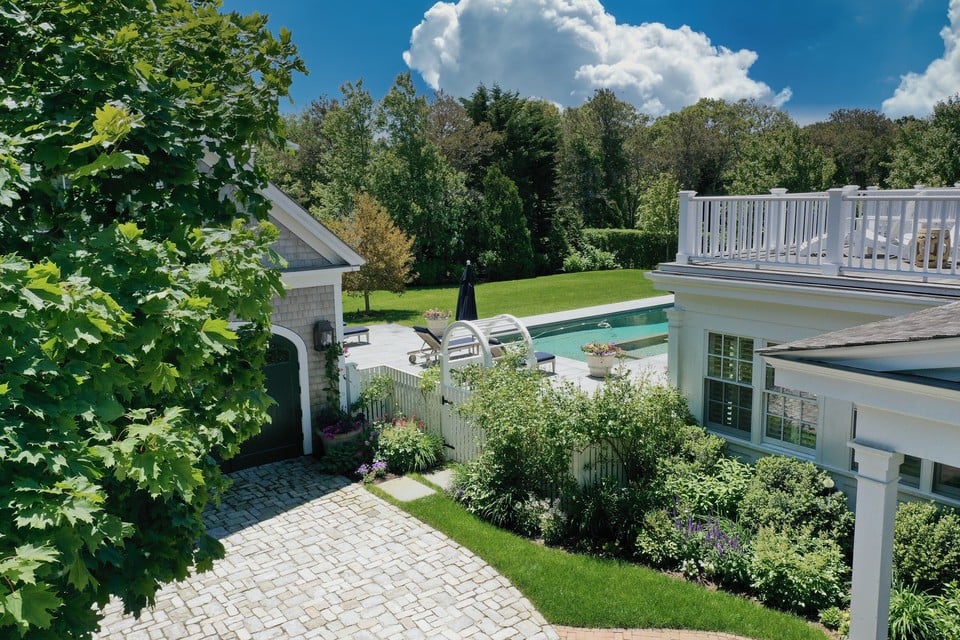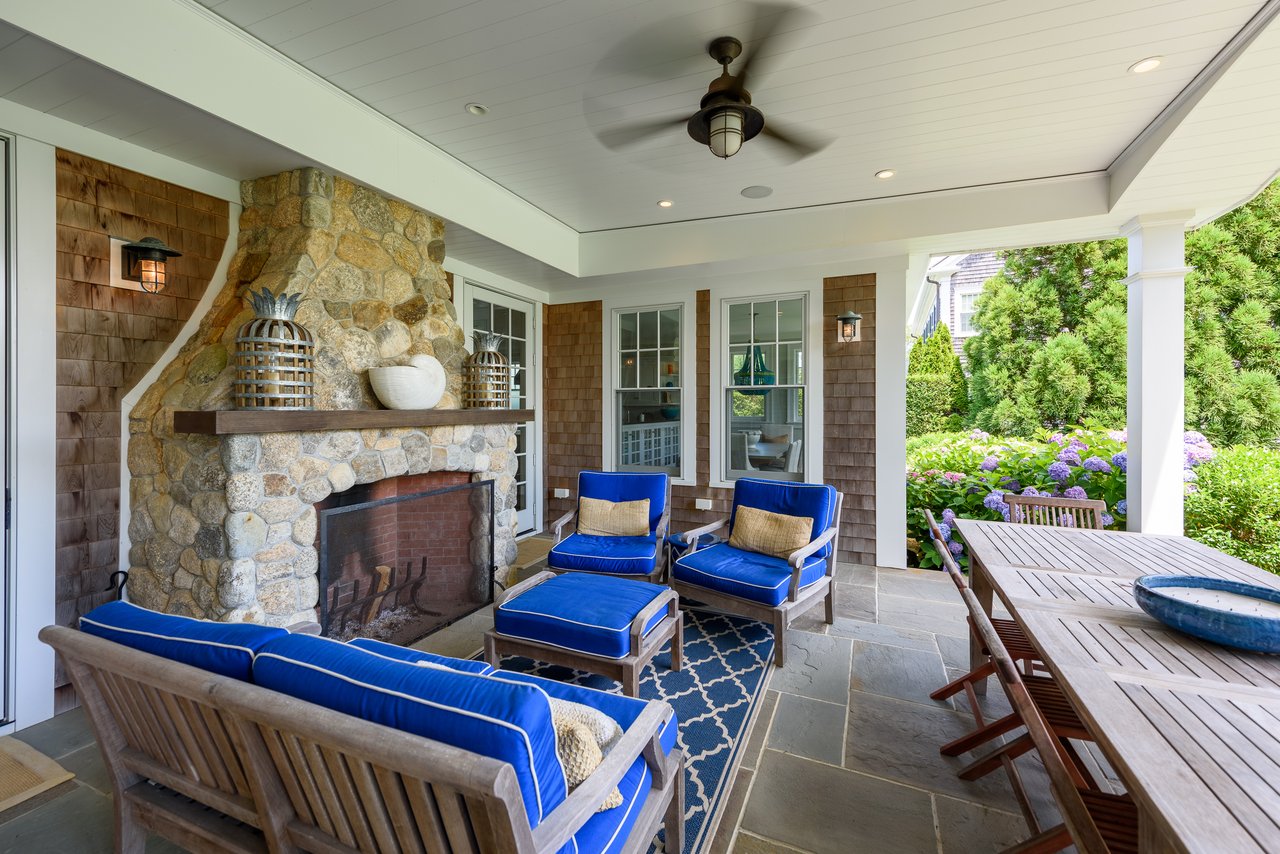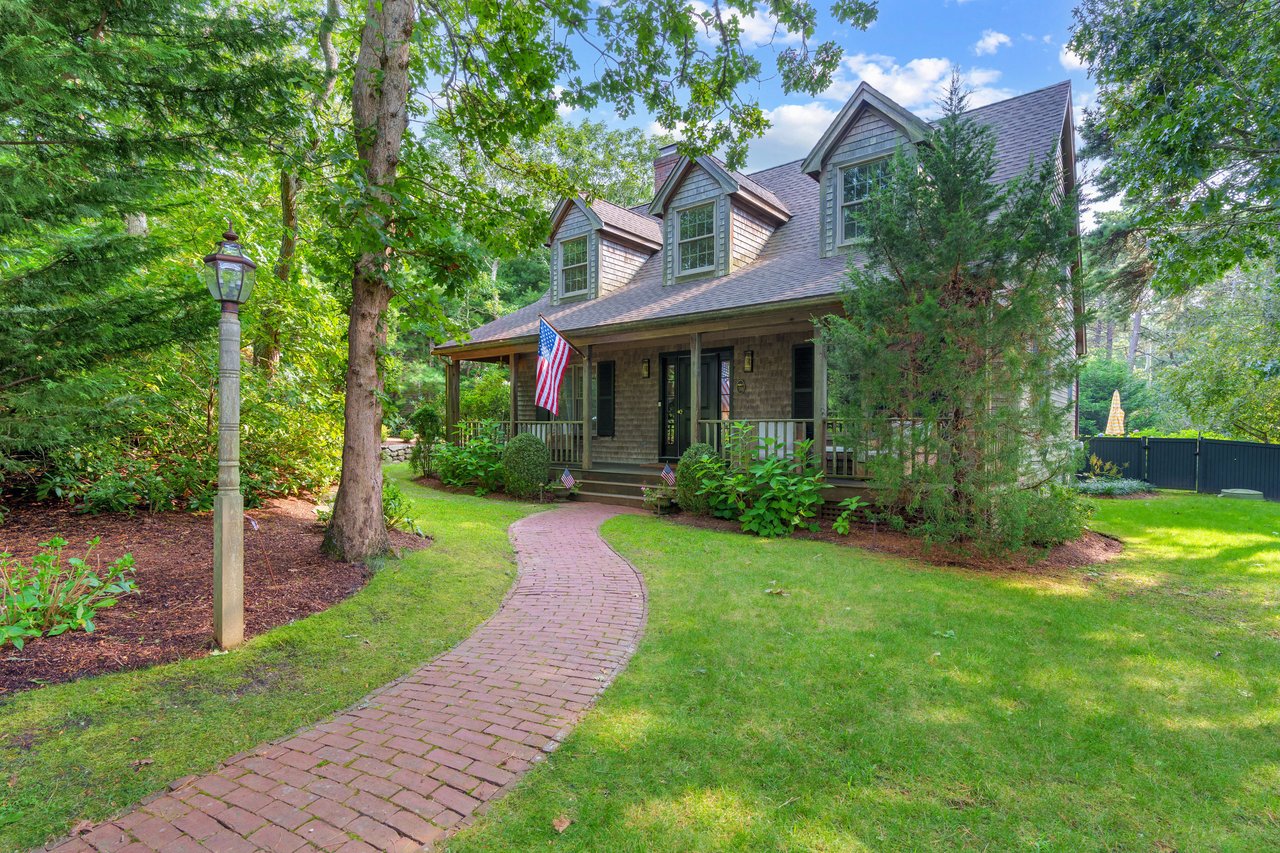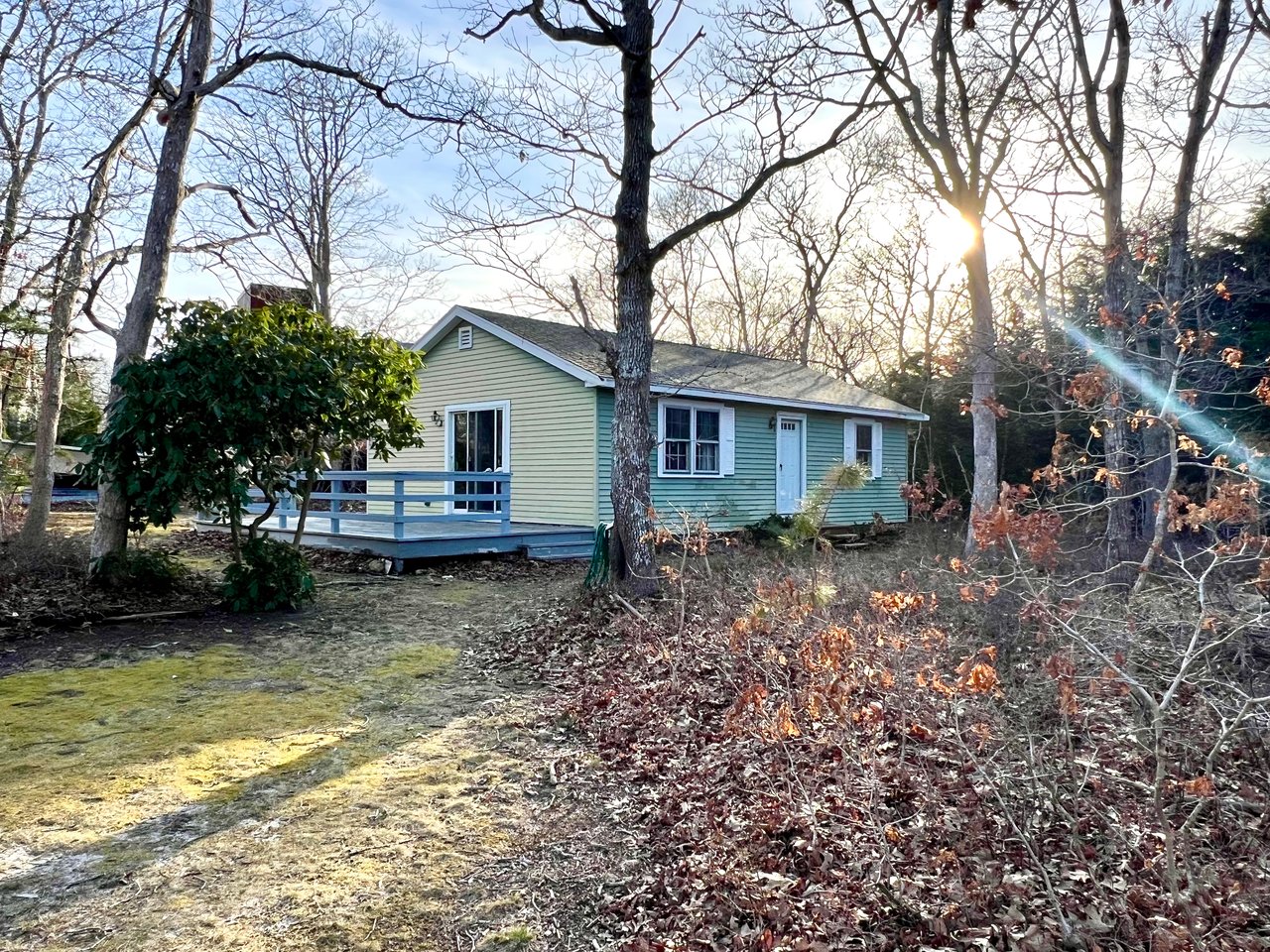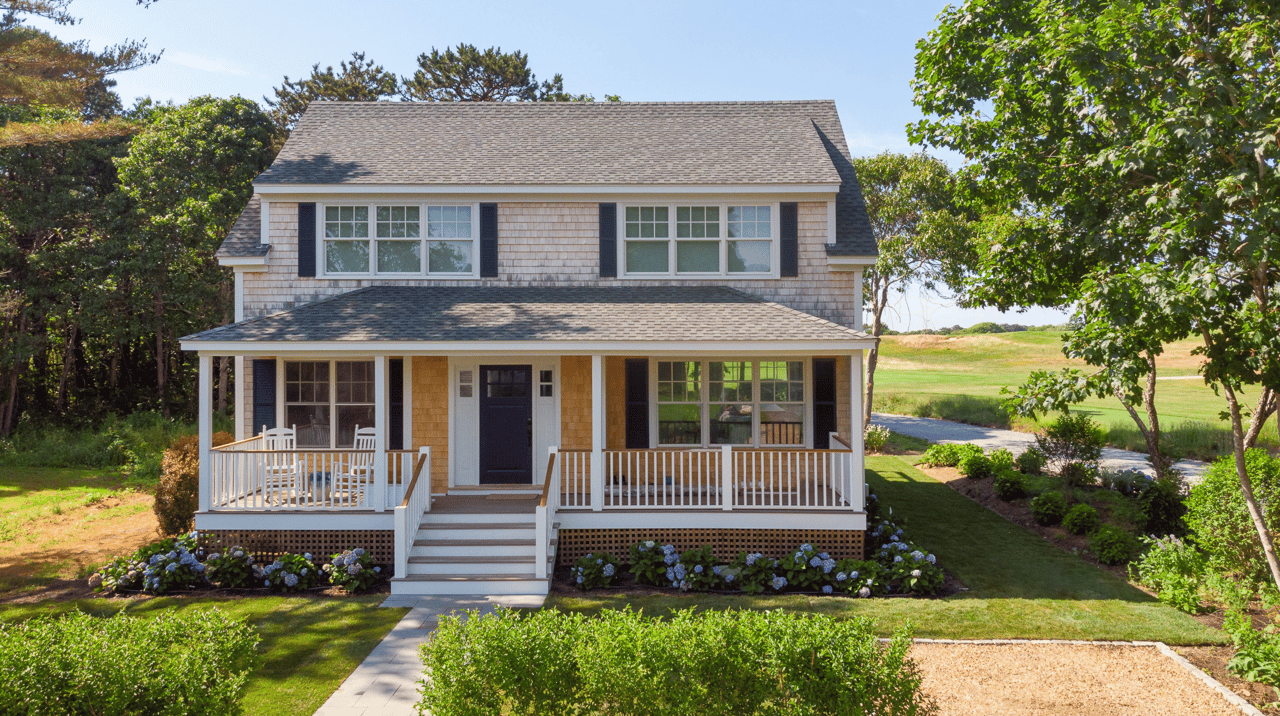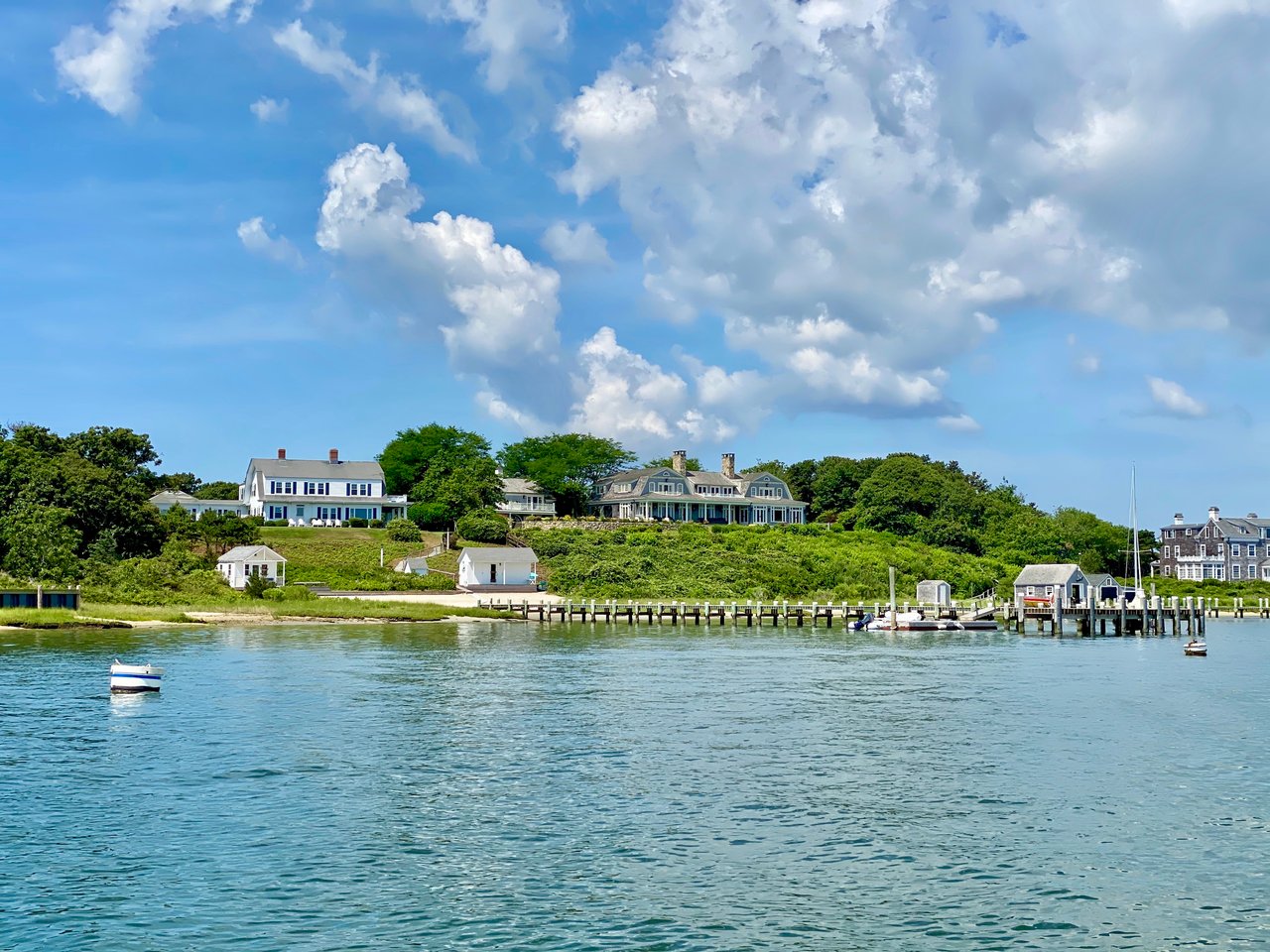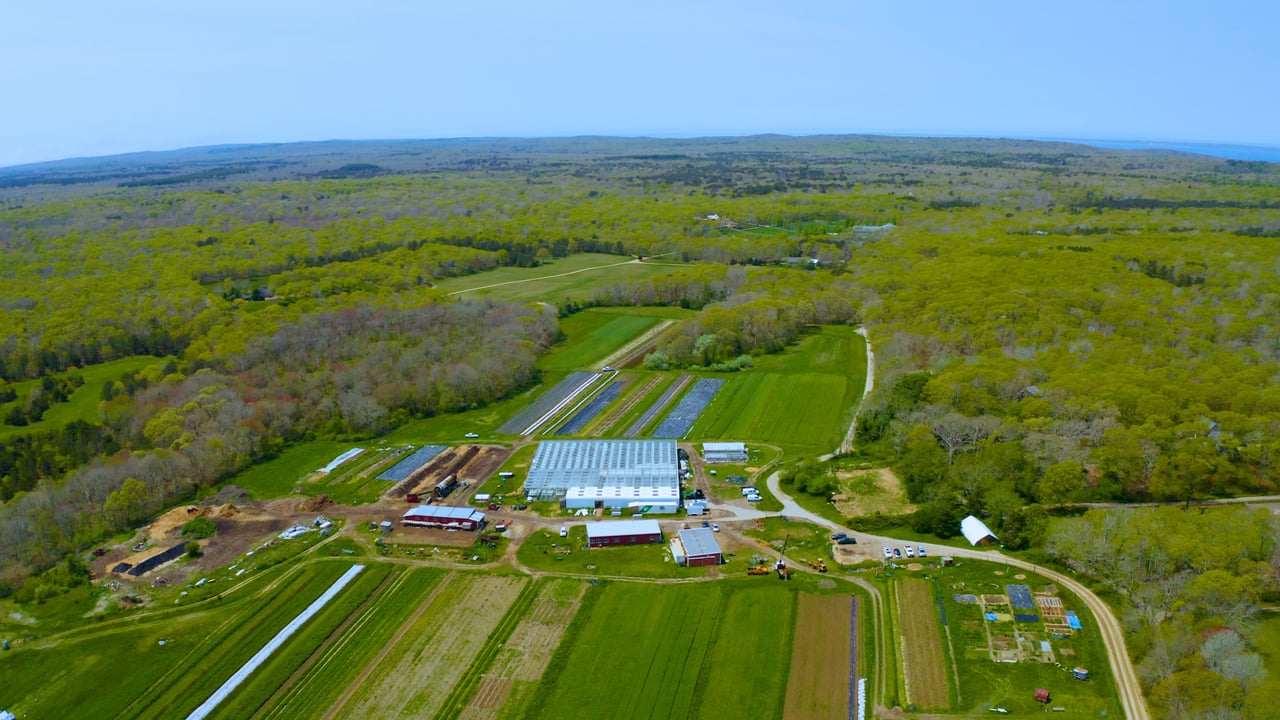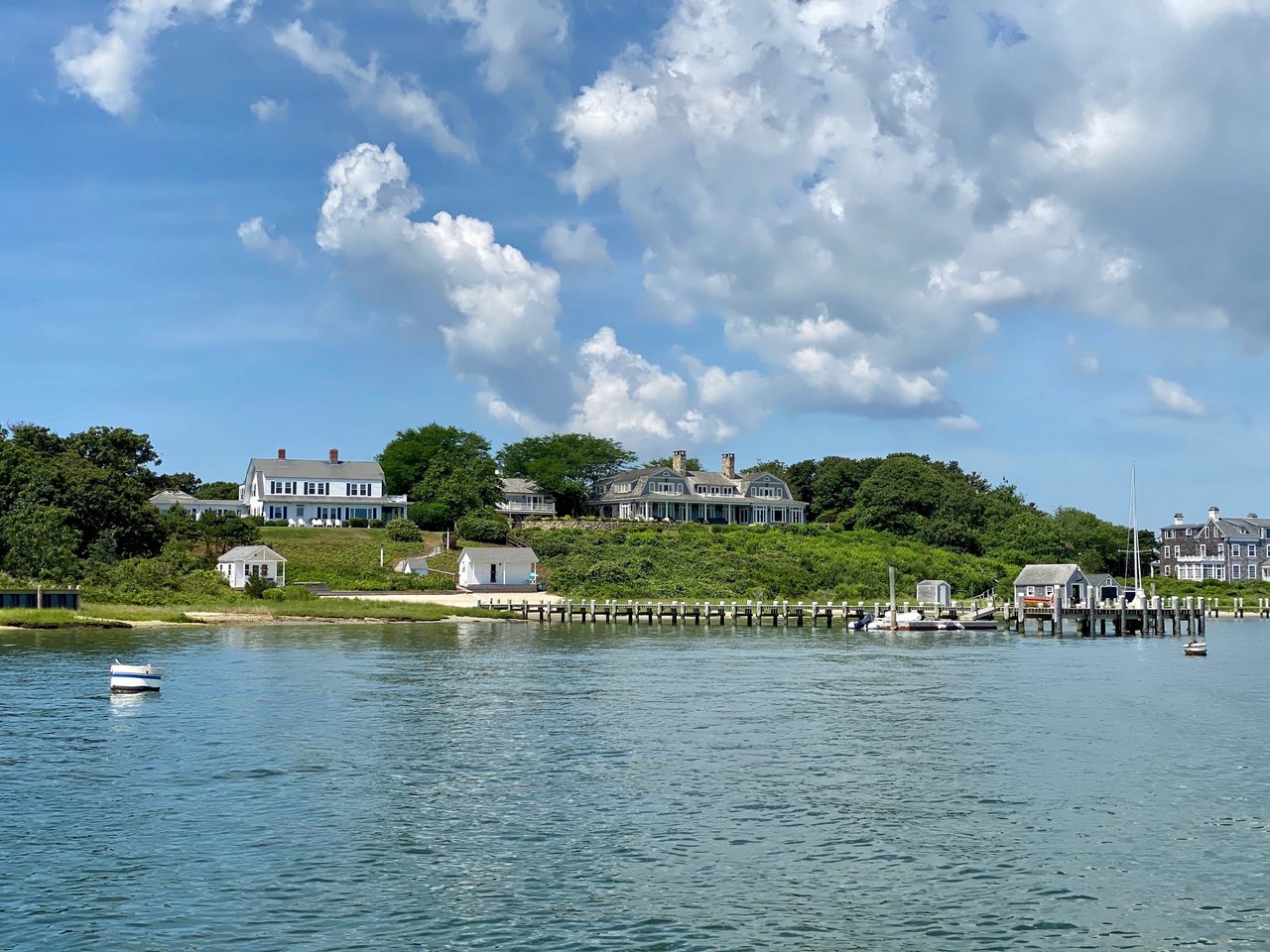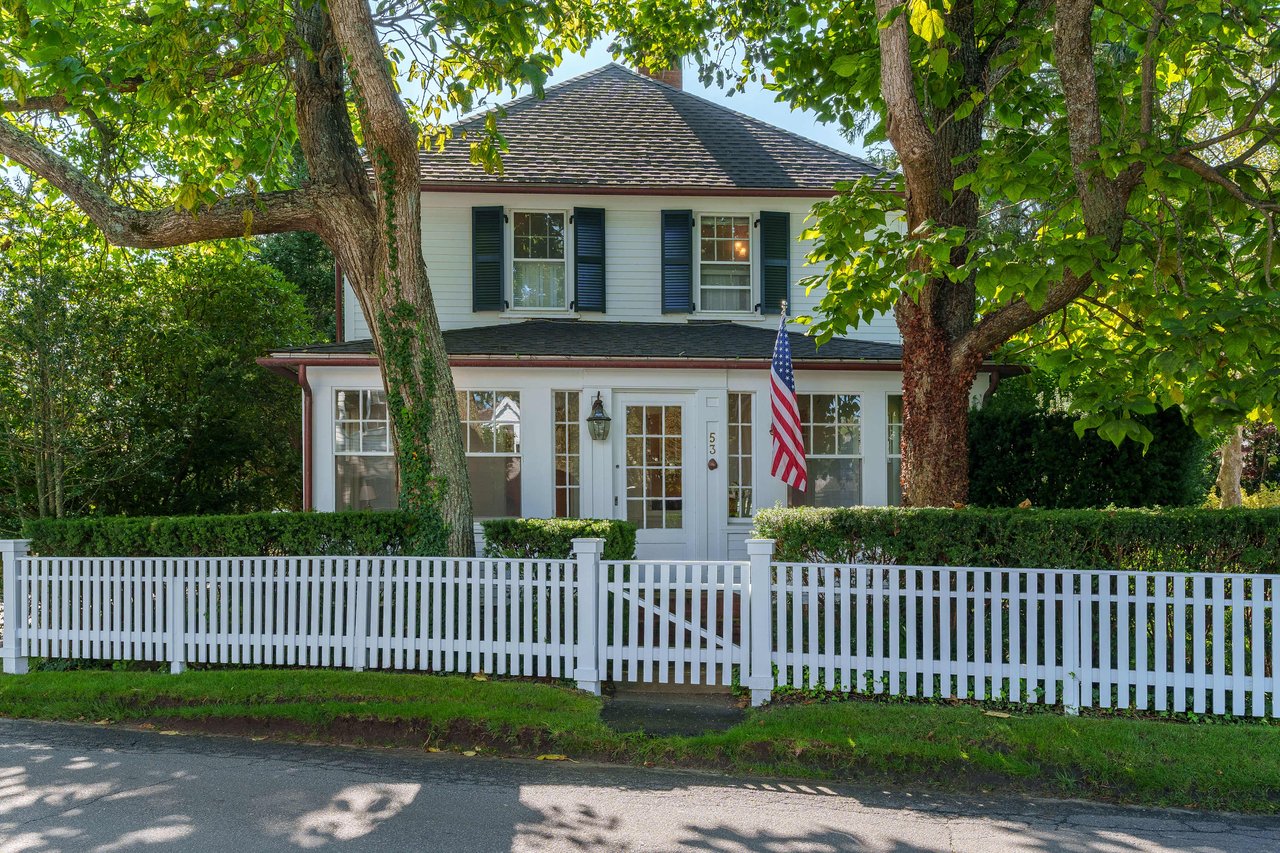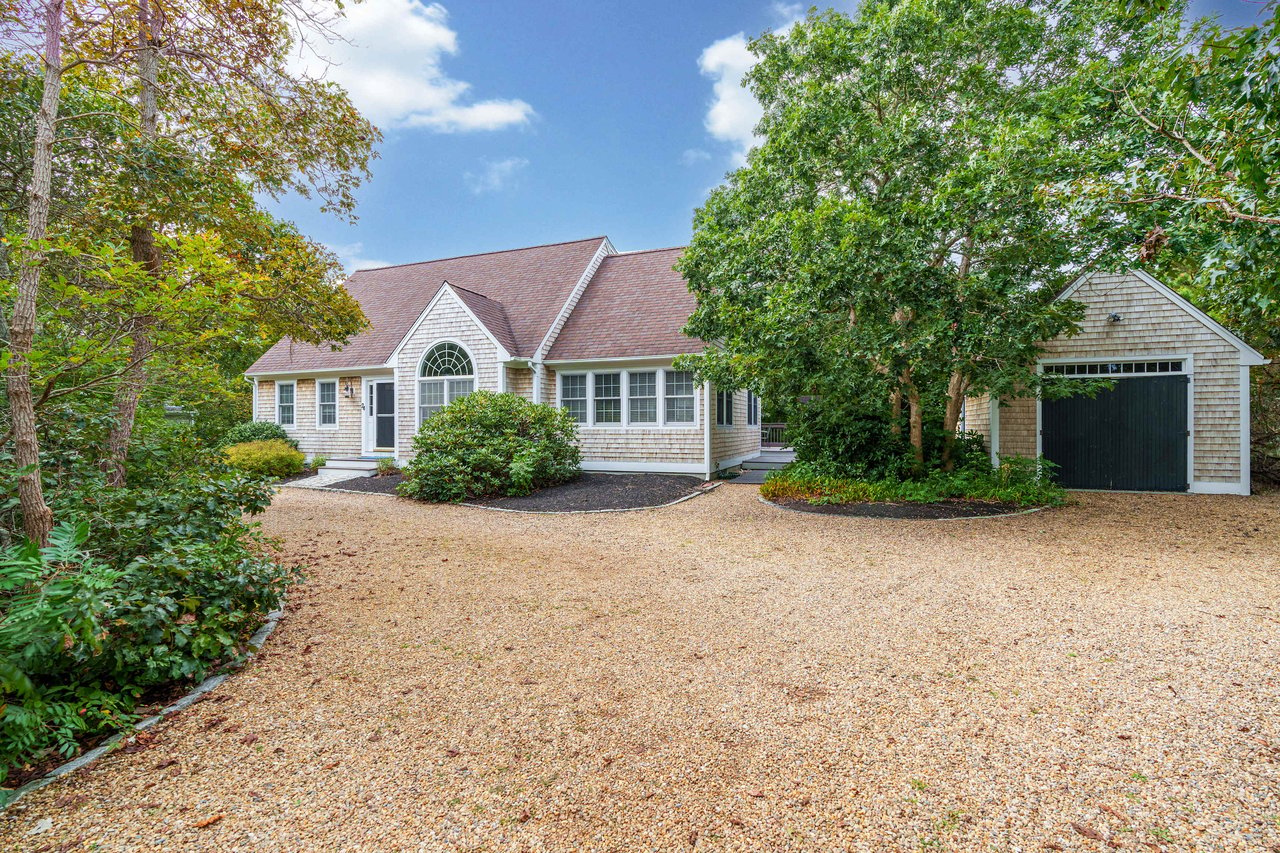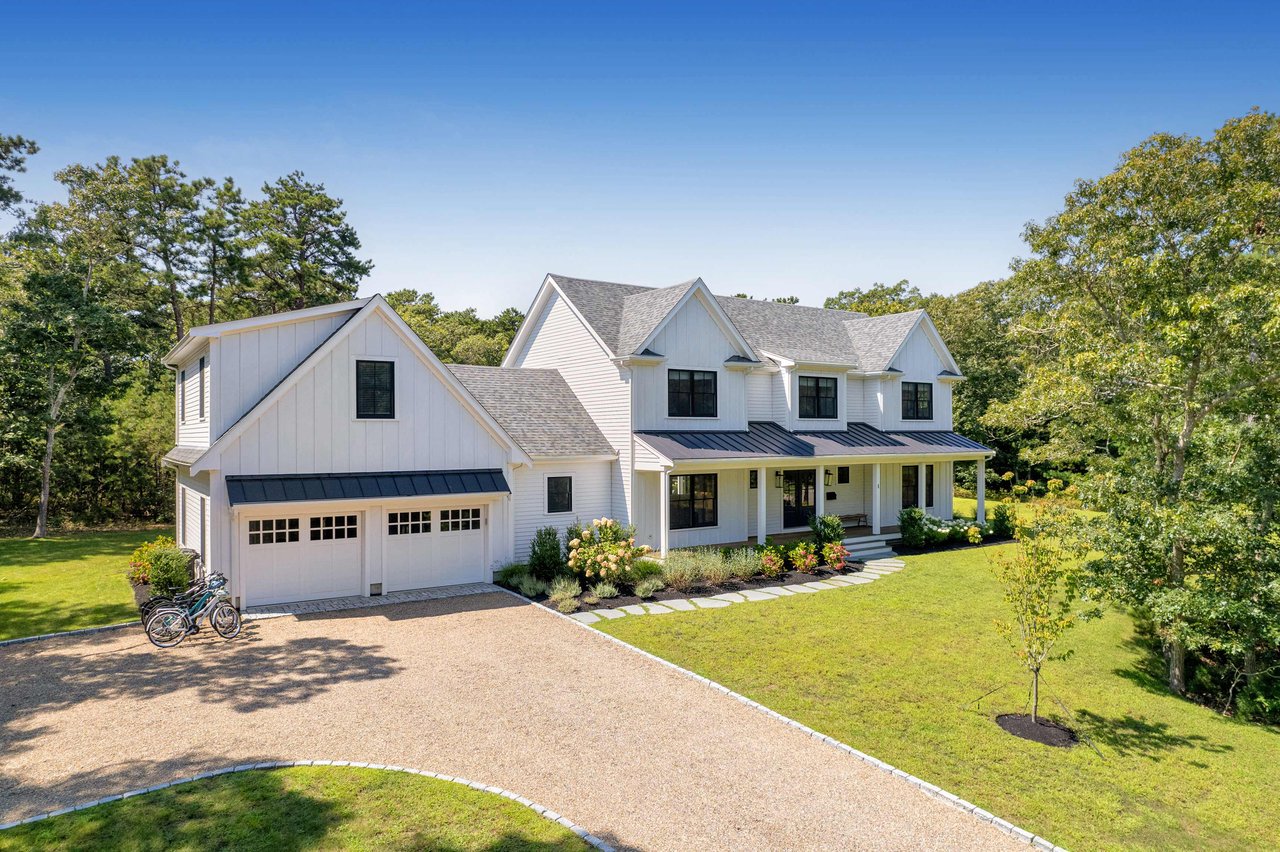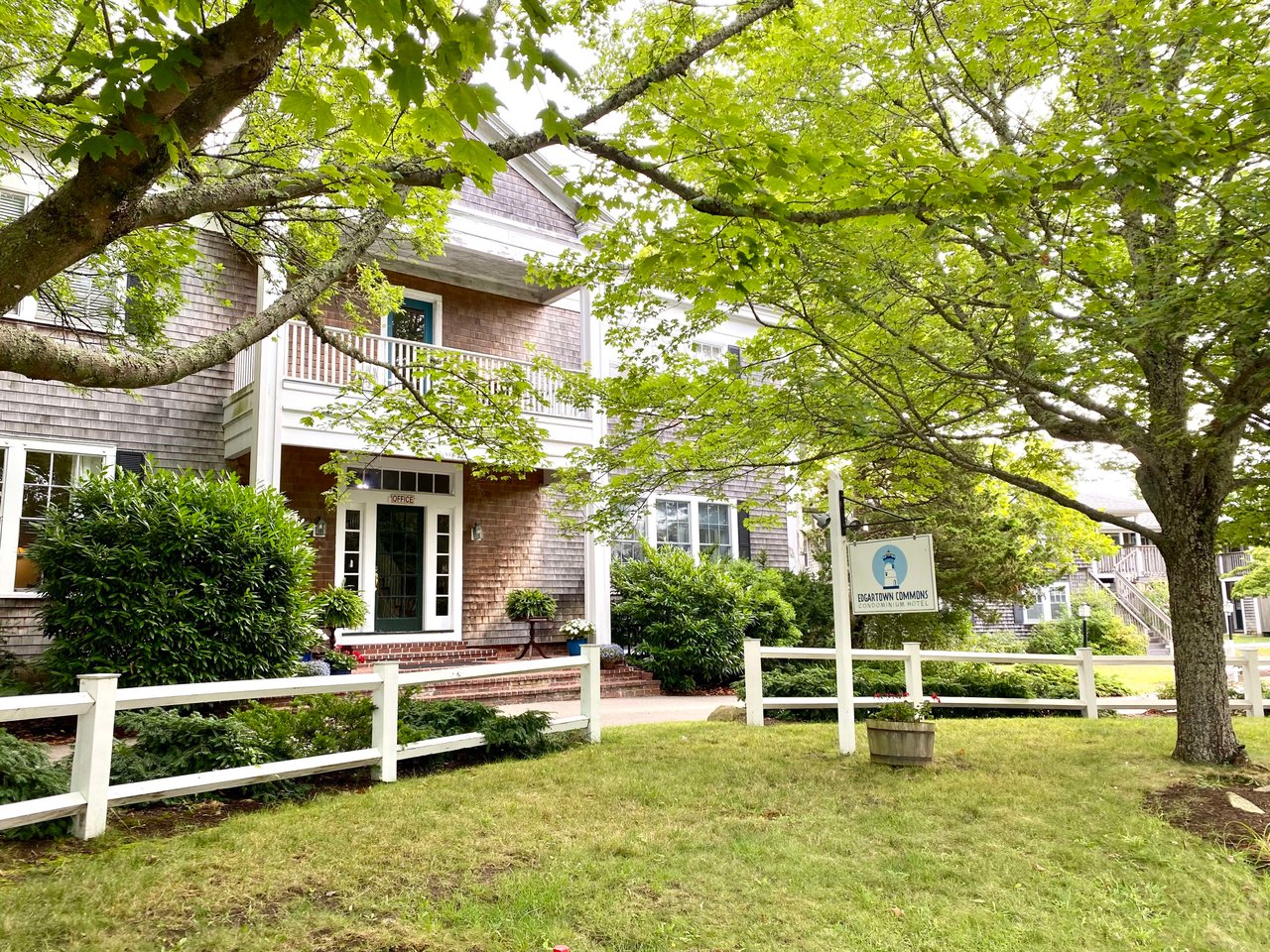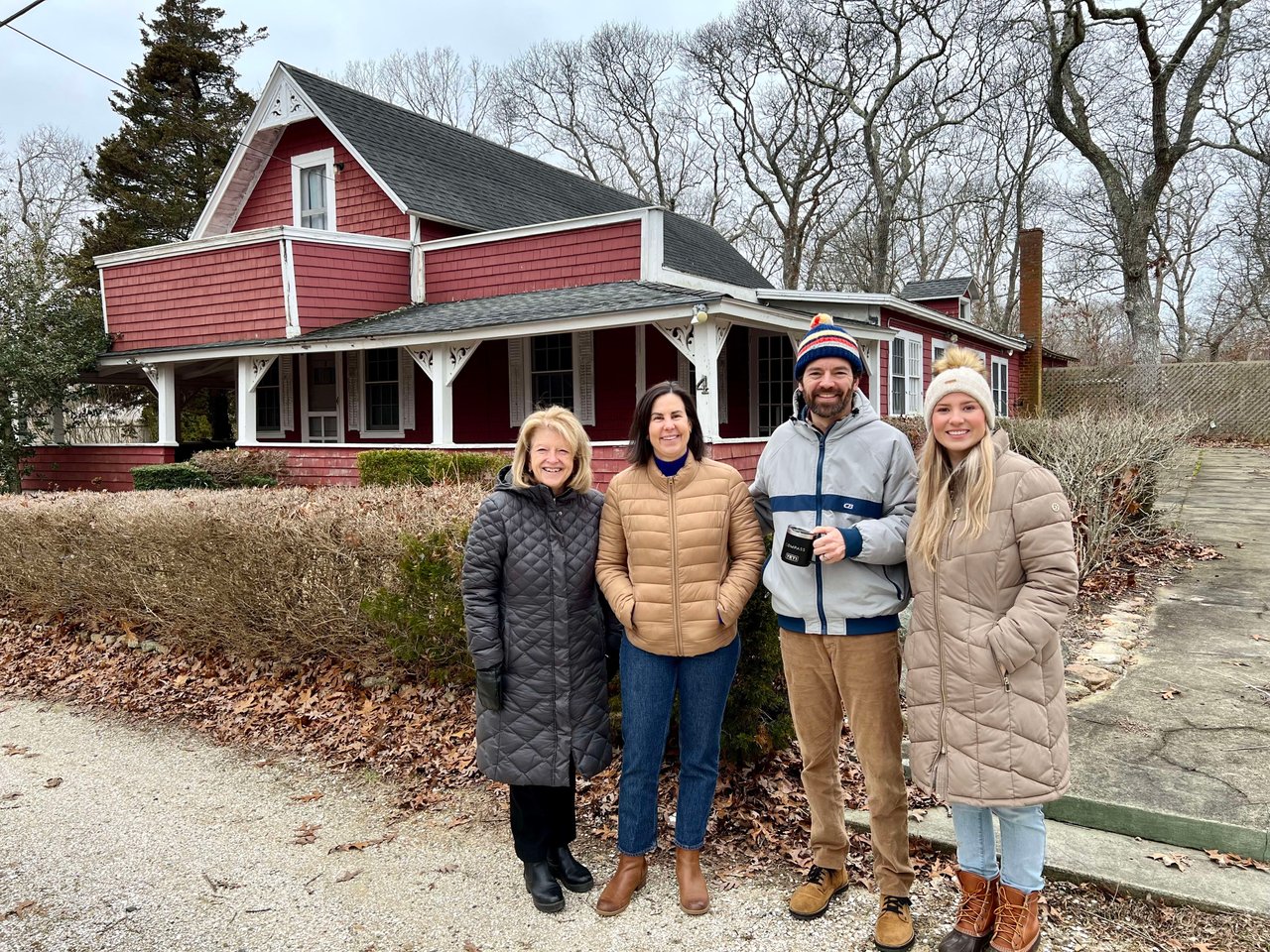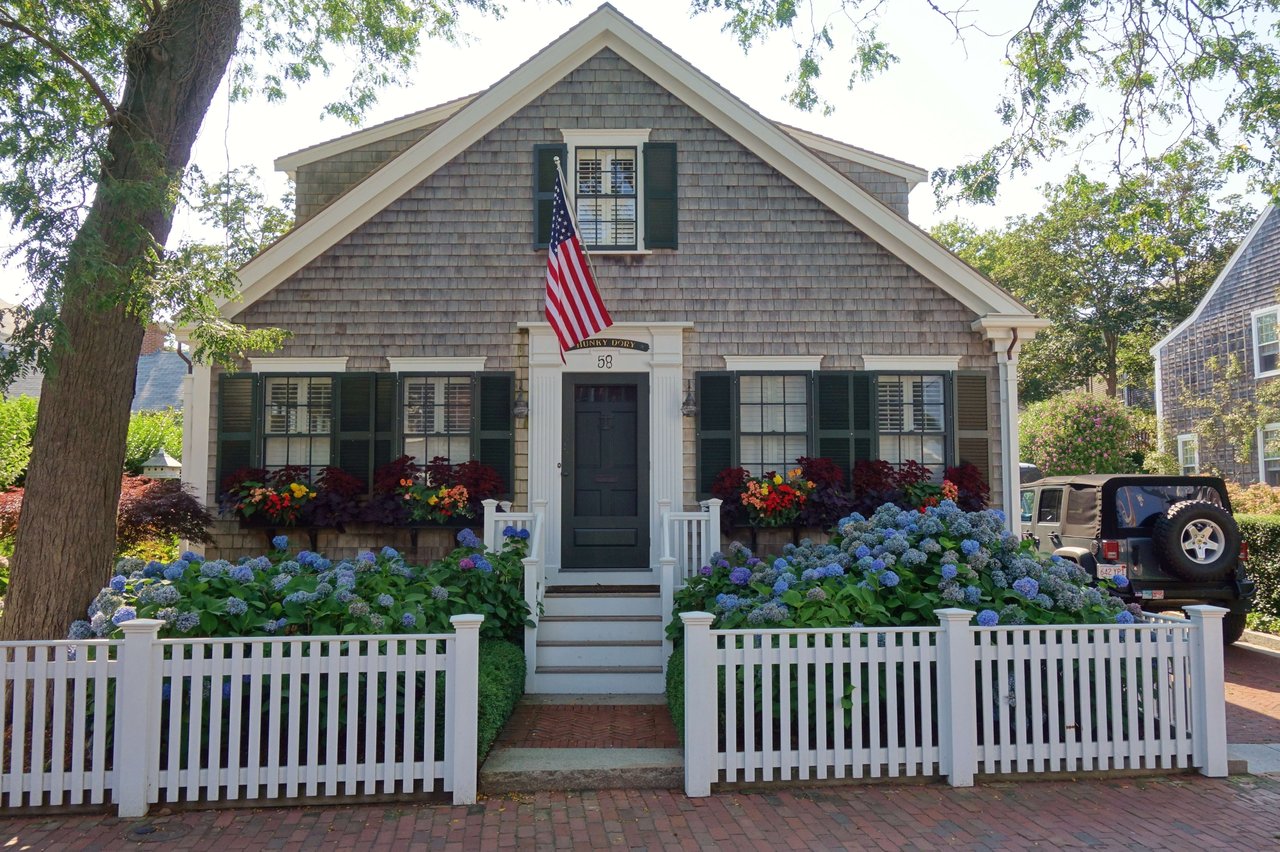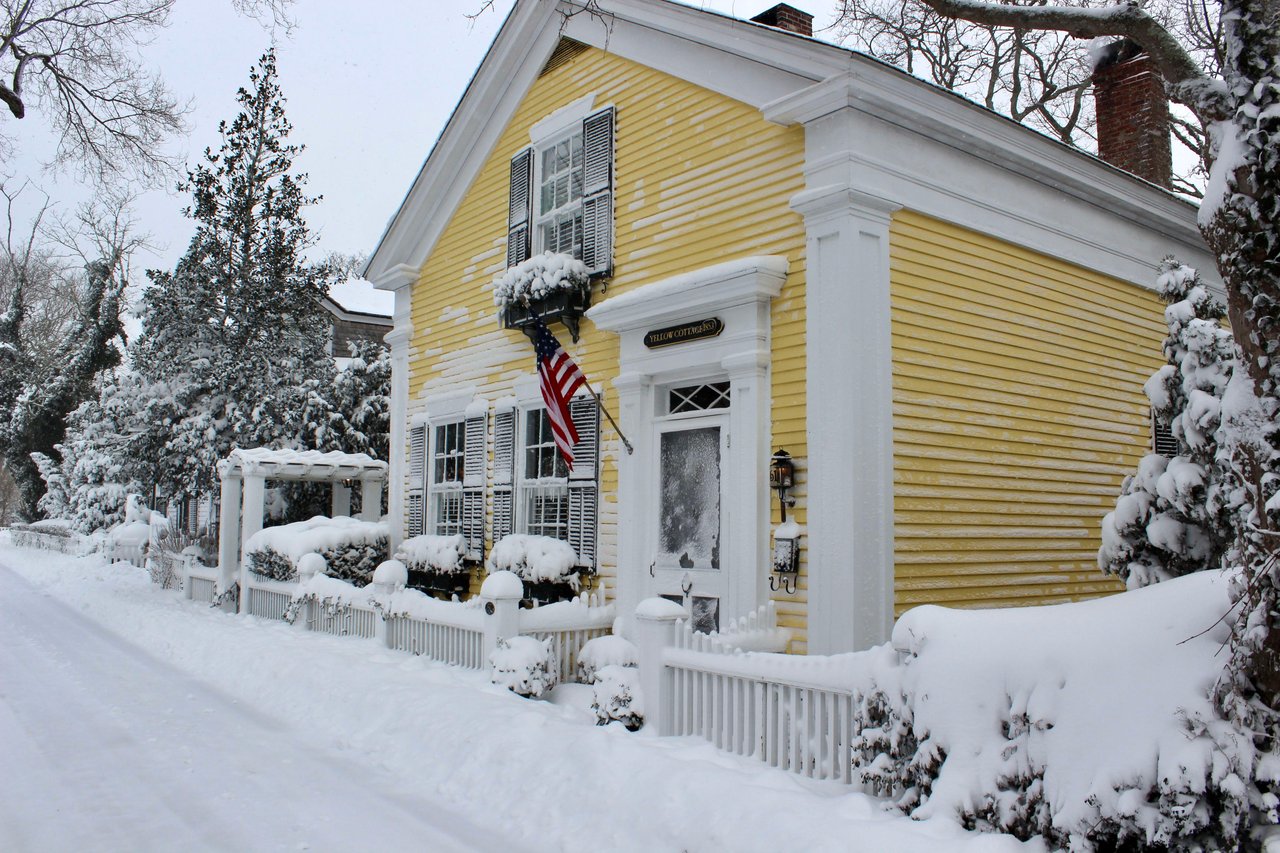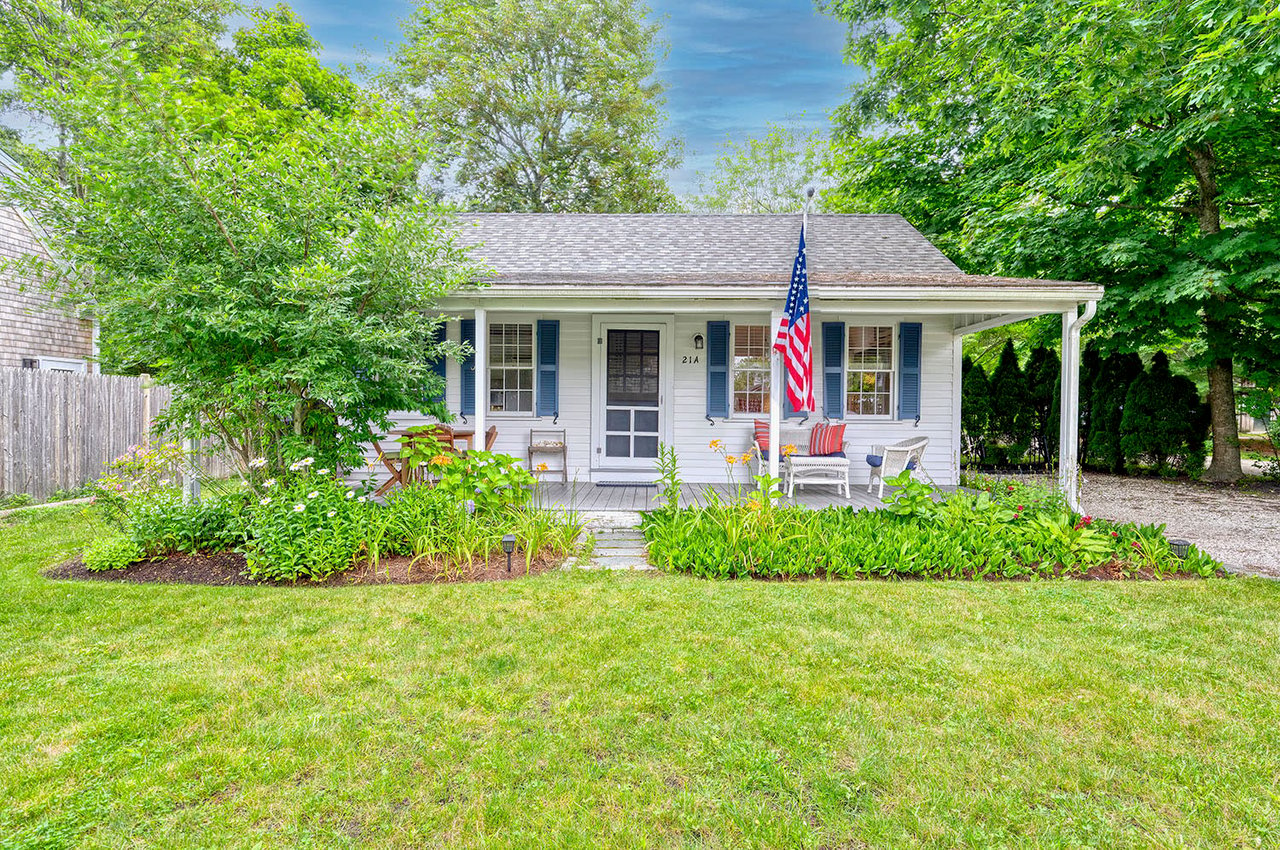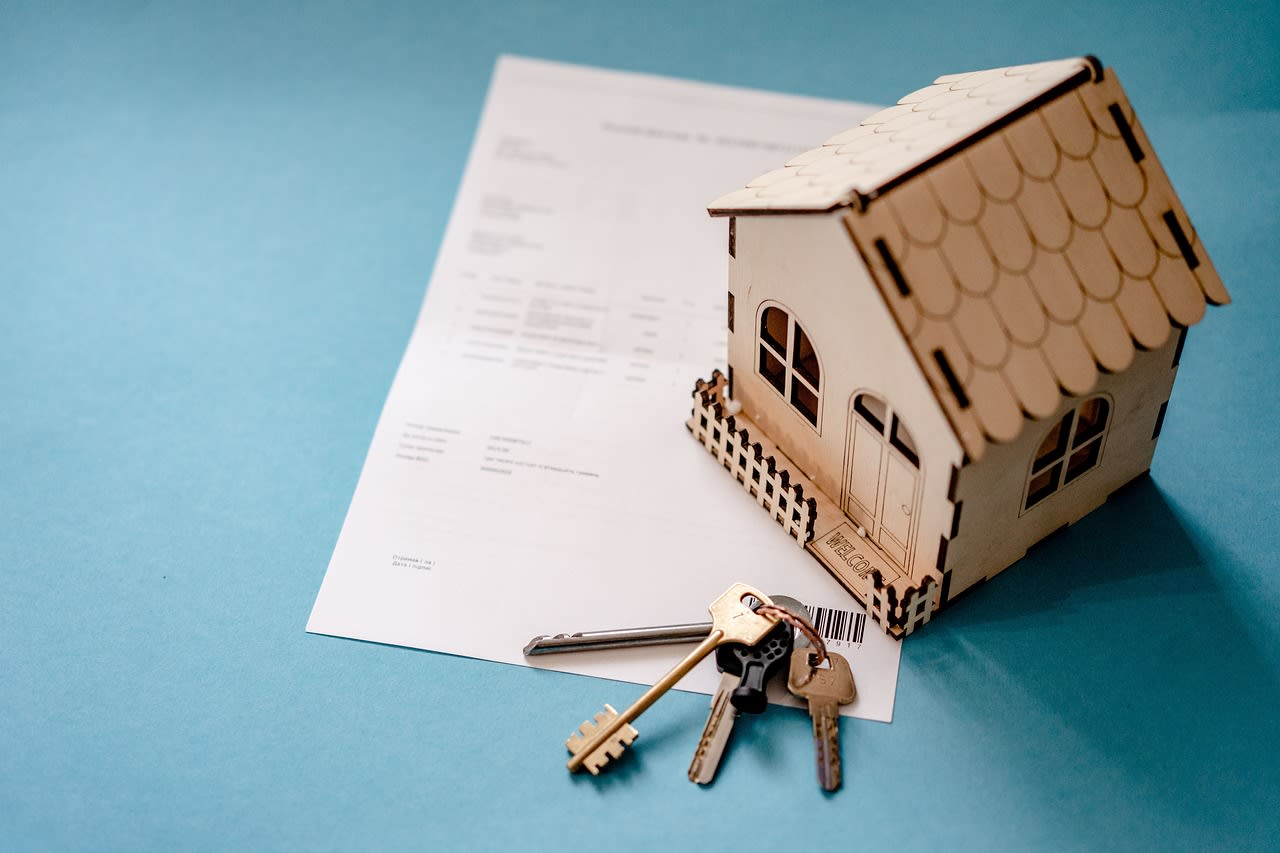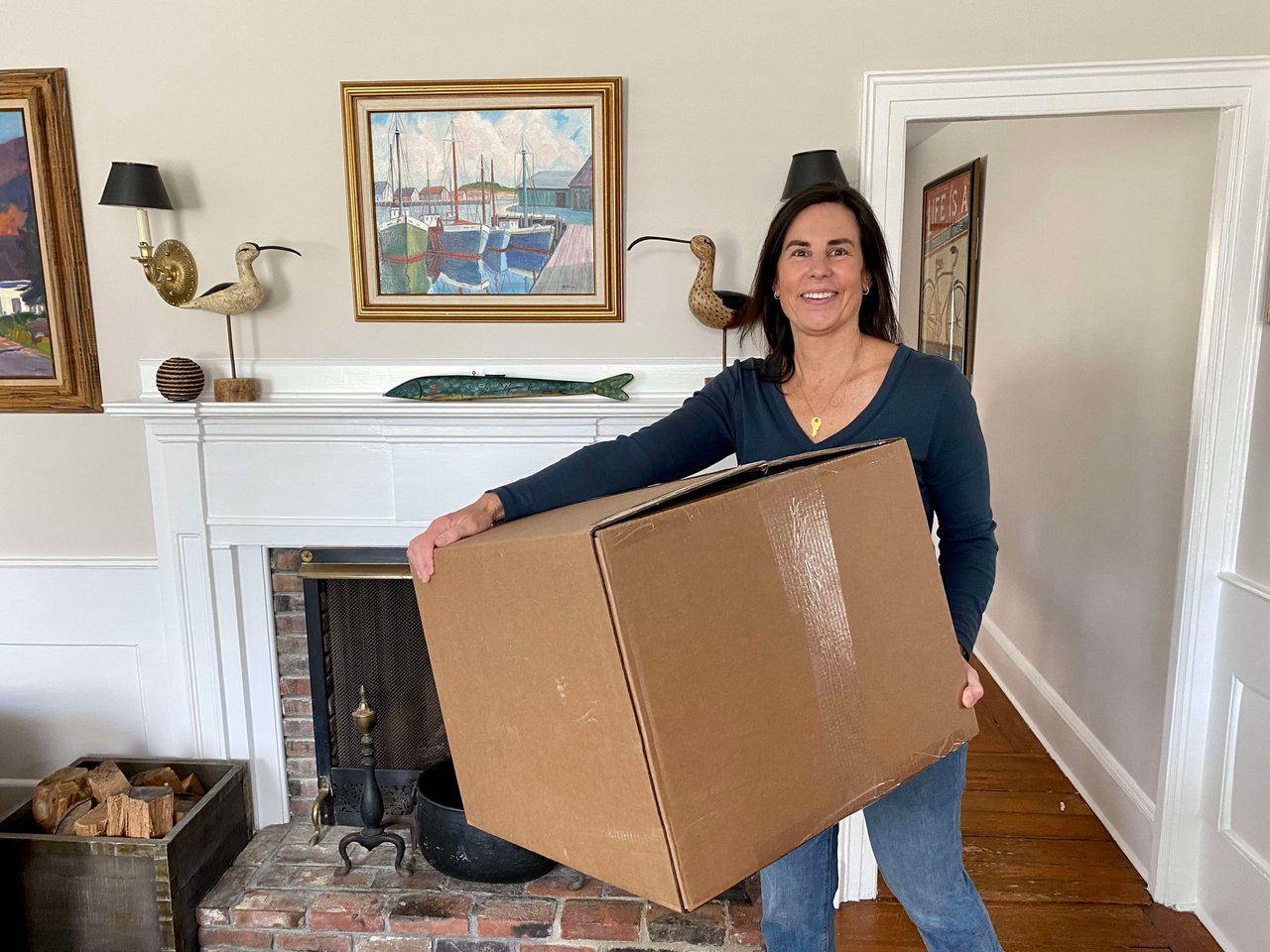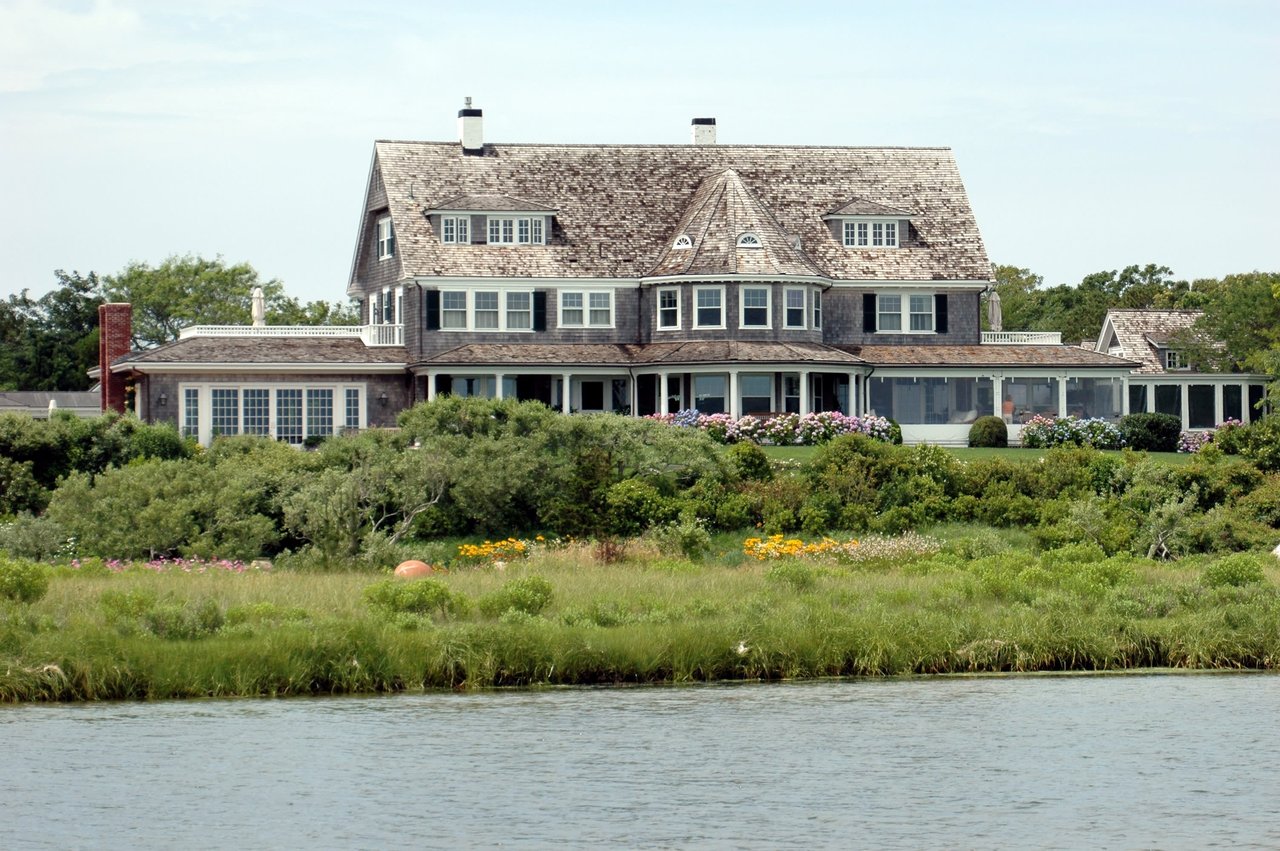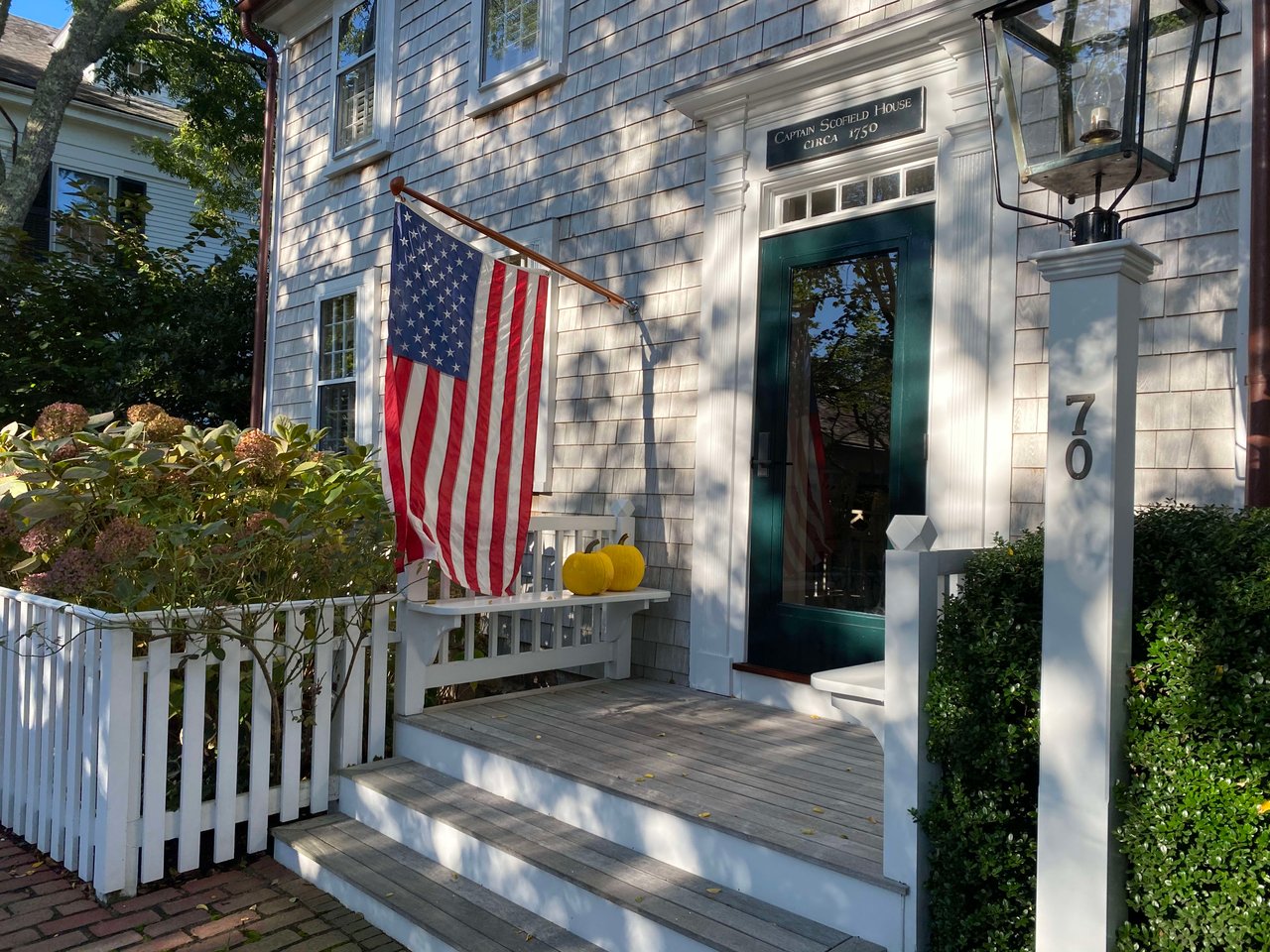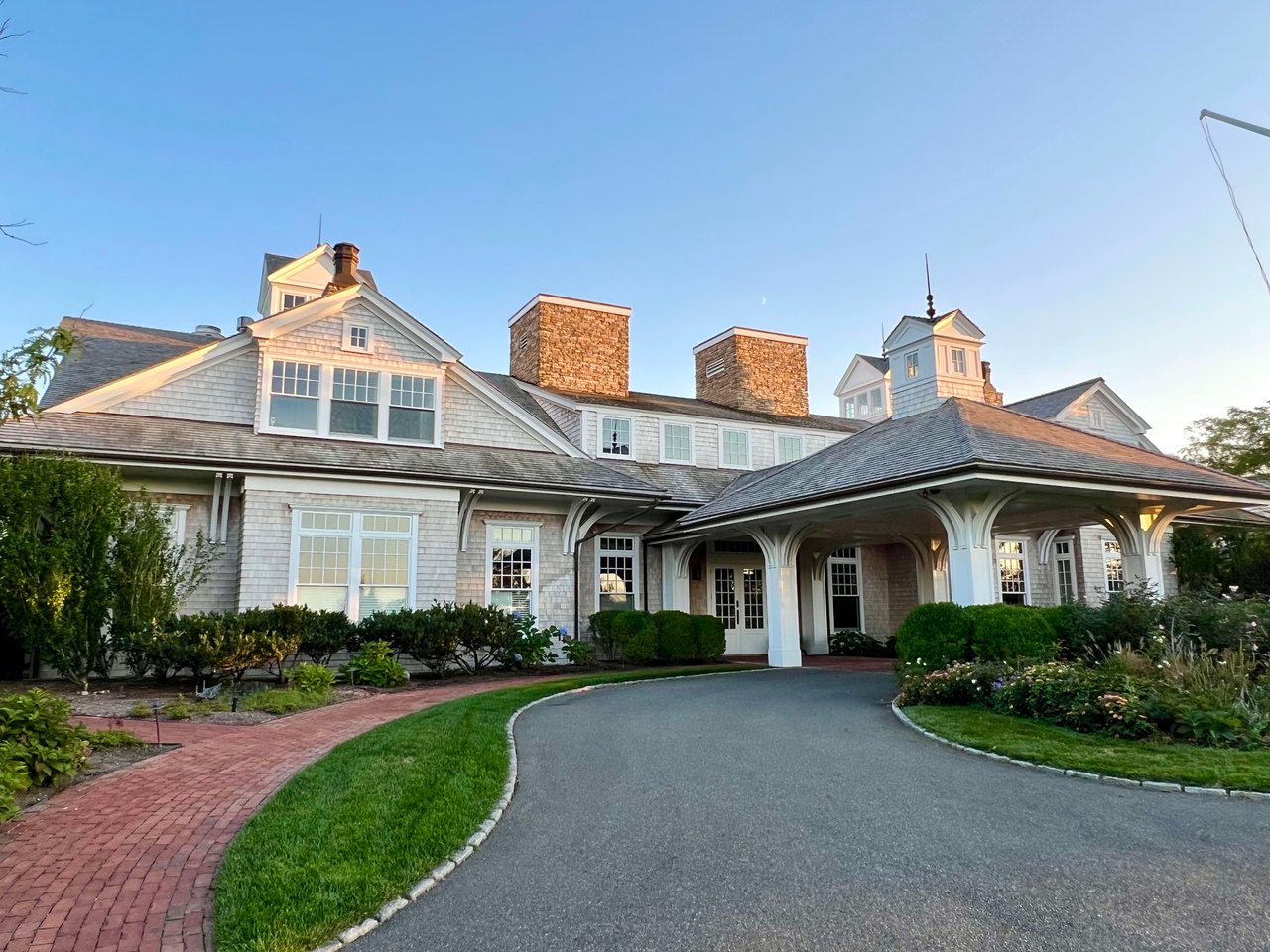Why Aren’t Home Prices Crashing?

There have been a lot of shifts in the housing market recently. Mortgage rates rose dramatically last year, impacting many people’s ability to buy a home. And after several years of rapid price appreciation, home prices finally peaked last summer. These changes led to a rise in headlines saying prices would end up declining and/or leveling off.
Here on Martha's Vineyard we have seen prices leveling off to a certain extent however, due to the lack of inventory coupled with the usual demand of buying homes here has created another competitive housing market and that is reflected in pricing.
There are several factors that contribute to why home prices do not crash in high demand areas like Martha's Vineyard and why low inventory drives prices even when interest rates are higher. Here are some tips and articles that can provide more information:
Limited supply: One of the primary reasons why home prices do not crash in high demand areas is because of limited supply. When there are more buyers than available homes, prices tend to remain high. This is often the case in areas like Martha's Vineyard where there are restrictions on new construction due to zoning regulations and limited available land. As a result, existing homes hold their value and appreciate over time.
Lifestyle appeal: Areas like Martha's Vineyard have a unique appeal that attracts buyers who are willing to pay a premium to own a home there. This could be due to factors like the natural beauty of the location, access to high-quality schools, or a strong sense of community. As a result, demand for homes in these areas remains high, even during economic downturns.
Investment potential: High demand areas like Martha's Vineyard also have strong investment potential. Many buyers are willing to pay a premium for a property with the potential for rental income or as a vacation home. This drives up demand and helps to keep home prices high.
Even though we’re no longer seeing the buyer frenzy that drove home values up during the pandemic, prices have been relatively flat at the national level. Lawrence Yun, Chief Economist at the National Association of Realtors (NAR), doesn’t expect that to change:
“[H]ome prices will be steady in most parts of the country with a minor change in the national median home price.”
You might think sellers would have to lower prices to attract buyers in today’s market, and that’s part of why some may have been waiting for prices to come crashing down. But there’s another factor at play – low inventory. And according to Yun, that’s limiting just how low prices will go:
“We simply don’t have enough inventory. Will some markets see a price decline? Yes. [But] with the supply not being there, the repeat of a 30 percent price decline is highly, highly unlikely.”
As you can see in the graph below, we’ve been at or near record-low inventory levels for a few years now.
That lack of available homes on the market is putting upward pressure on prices. Bankrate puts it like this:
“This ongoing lack of inventory explains why many buyers still have little choice but to bid up prices. And it also indicates that the supply-and-demand equation simply won’t allow a price crash in the near future.”
If more homes don’t come to the market, a lack of supply will keep prices from crashing, and, according to industry expert Rick Sharga, inventory isn’t likely to rise significantly this year:
“I believe that we’re likely to see low inventory continue to vex the housing market throughout 2023.”
Sellers are under no pressure to move since they have plenty of equity right now. That equity acts as a cushion for homeowners, lowering the chances of distressed sales like foreclosures and short sales. And with many homeowners locked into low mortgage rates, that equity cushion isn’t going anywhere soon.
With so few homes available for sale today, it’s important to work with a trusted real estate agent who understands your local area and can navigate the current market volatility.
Bottom Line
A lot of people expected prices would crash this year thanks to low buyer demand, but that isn’t happening. Why? There aren’t enough homes for sale. If you’re thinking about moving this spring, let’s connect.

